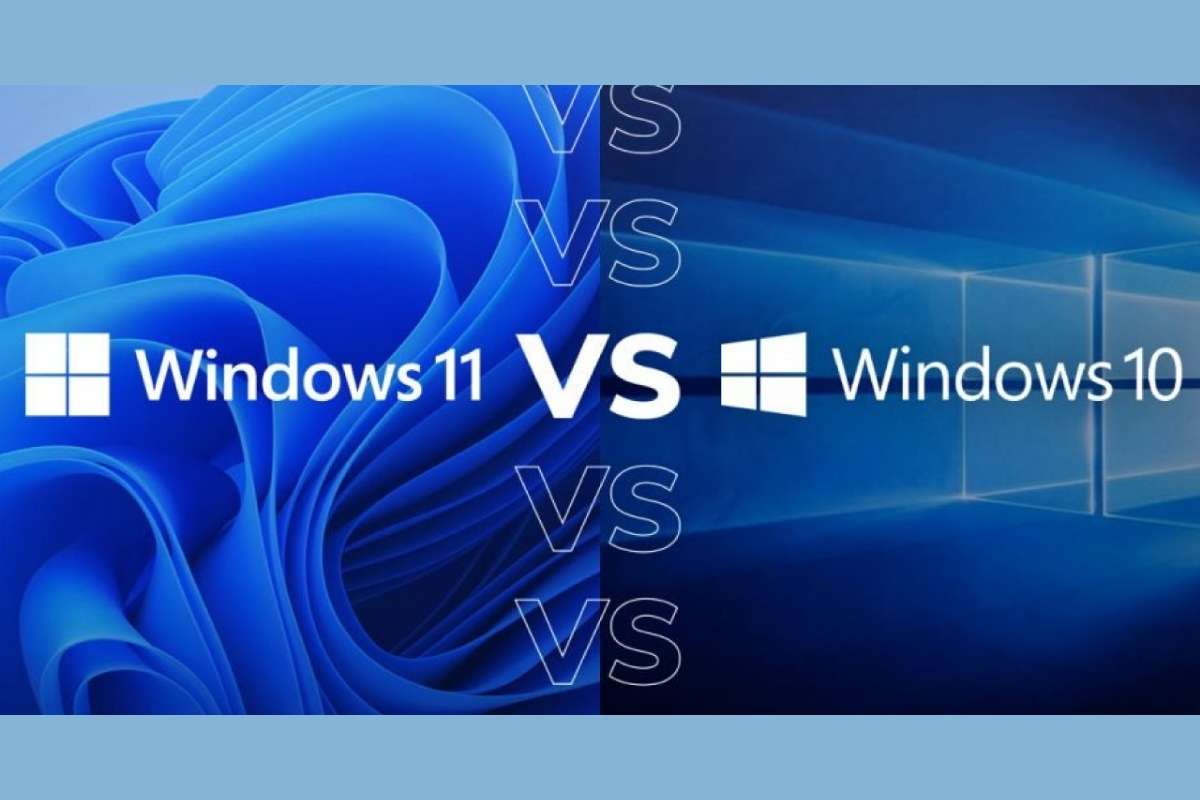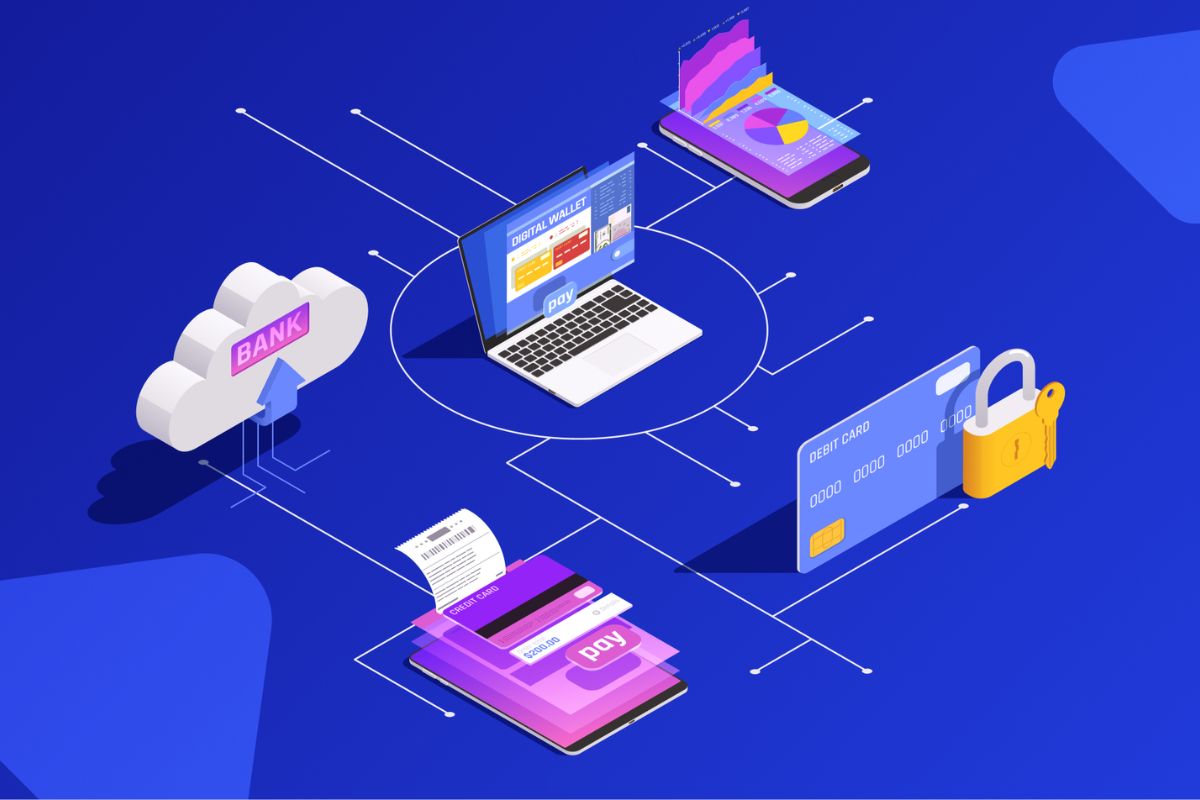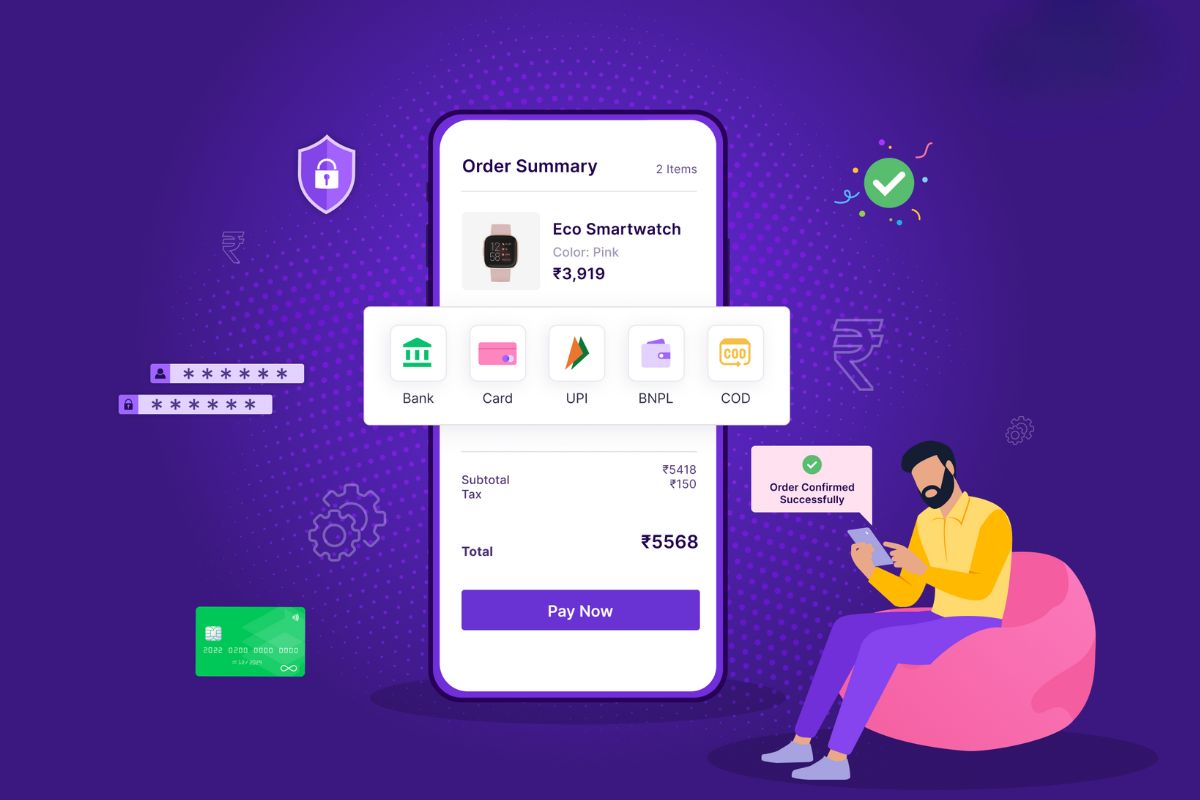Remember Iron Man and how Tony Stark interacted with J.A.R.V.I.S., his AI assistant? He never had to worry about storing massive amounts of data on a single device. Instead, everything was available at his fingertips, no matter where he was. That’s not just science fiction anymore, it’s the reality of cloud computing.
Cloud computing technologies have transformed the way we work, store data, and access applications. Whether it’s streaming movies on Netflix, using Google Drive to store files, or businesses running entire infrastructures without physical servers, the cloud is everywhere. It’s fast, scalable, and cost-effective, making it a game-changer for businesses and individuals alike.
But what exactly are cloud computing technologies, and why are they so important? This blog will discuss their importance and how they are influencing the future.
What Are Cloud Computing Technologies?
Cloud computing technologies refer to the systems and services that allow users to store, process, and manage data over the Internet instead of on a local computer or server. Rather than depending on physical infrastructure, businesses and individuals can access computing power, storage, and applications remotely through cloud providers like AWS, Microsoft Azure, and Google Cloud. This shift to cloud computing offers several advantages, including flexibility, cost savings, and enhanced security. Whether you’re a startup, a tech giant, or just someone looking for extra storage space for photos, cloud computing technologies make life easier.
➤ Key Types of Cloud Computing Technologies:
1. Infrastructure as a Service (IaaS)
Imagine needing a powerful computer system without actually buying expensive hardware. That’s what IaaS offers. Cloud providers rent out virtual machines, storage, and networking resources so businesses can scale without maintaining physical servers. With IaaS, companies only pay for what they use, reducing costs and increasing efficiency.
Examples:
- Amazon Web Services (AWS) – Provides virtual computing power and storage.
- Microsoft Azure – Offers virtual machines and networking solutions.
- Google Cloud Platform (GCP) – Allows businesses to run applications without local servers.
2. Platform as a Service (PaaS)

If you’re a developer, you’ll love PaaS. It provides a ready-made platform with tools and frameworks to build, test, and deploy applications without worrying about infrastructure.PaaS simplifies coding, allowing developers to focus on innovation rather than infrastructure management.
Examples:
- Google App Engine – Helps developers build scalable applications.
- Heroku – A cloud-based platform for hosting web apps.
- Microsoft Azure App Services – Provides an environment for app development.
3. Software as a Service (SaaS)
Think of SaaS as software you use without installing it. It’s hosted in the cloud and accessible from any device with an internet connection. From email services to project management tools, SaaS is a core part of cloud computing technologies. With SaaS, businesses don’t need to worry about software updates or maintenance, it’s all handled by the provider.
Examples:
- Google Workspace (Gmail, Docs, Sheets) – Cloud-based office tools.
- Dropbox – File storage and sharing.
- Zoom – Video conferencing without software installation.
4. Function as a Service (FaaS) / Serverless Computing
This is the next level of cloud computing, where developers write code, and the cloud provider runs it without needing to manage servers. It’s ideal for applications that need to scale instantly based on demand. Serverless computing means no wasted resources—businesses only pay for the actual execution time of their code.
Examples:
- AWS Lambda – Runs code in response to events.
- Google Cloud Functions – Executes small code snippets on demand.
- Azure Functions – Helps automate processes and workflows.
➤ Benefits of Cloud Computing Technologies
1. Cost Efficiency
With cloud computing, companies no longer need to invest in expensive hardware or IT maintenance. They can pay for only what they use, reducing upfront costs significantly.
2. Scalability and Flexibility
Need more storage or computing power? Cloud services scale instantly to accommodate growing needs, making them ideal for startups and large enterprises alike.
3. Enhanced Security

Cloud providers offer advanced security measures like encryption, access controls, and regular updates, ensuring data remains safe from cyber threats.
4. Accessibility and Remote Work
Employees can access data and applications from anywhere in the world, making remote work easier and improving productivity.
5. Disaster Recovery
Cloud providers offer automated backups and disaster recovery solutions, ensuring data remains secure even in case of system failures.
➤ Emerging Trends in Cloud Computing Technologies
Cloud computing is evolving rapidly. Here are some key trends shaping the future:
1. Multi-Cloud and Hybrid Cloud Solutions
Companies are no longer relying on a single cloud provider. Multi-cloud strategies allow businesses to use multiple platforms (AWS, Azure, Google Cloud) for better reliability and cost optimization. Hybrid clouds, which combine private and public cloud environments, are also becoming more popular.
2. Artificial Intelligence and Machine Learning Integration
Cloud providers are integrating AI and machine learning tools, allowing businesses to automate tasks, analyze big data, and enhance decision-making. AI-powered services like AWS AI, Google AI, and Azure AI are transforming industries.
3. Edge Computing
With the rise of IoT (Internet of Things) devices, edge computing is gaining traction. It processes data closer to where it’s generated, reducing latency and improving real-time responses—ideal for industries like healthcare and autonomous vehicles.
4. Serverless Computing Growth
More businesses are shifting to serverless architectures, eliminating the need for server management while improving scalability and efficiency.
➤ Cloud Computing Technologies in Everyday Life

Cloud computing is not just for businesses. It’s part of our daily lives in ways we might not even realize:
- Streaming Services – Netflix, Spotify, and YouTube all run on cloud servers.
- Online Storage – Google Drive, Dropbox, and OneDrive keep our files safe.
- Smart Assistants – Alexa, Siri, and Google Assistant rely on cloud computing to process voice commands.
- Gaming – Cloud gaming platforms like Google Stadia and Xbox Cloud Gaming let users play high-end games without expensive hardware.
Conclusion
Cloud computing technologies are no longer a futuristic concept, they are the foundation of the digital world we live in today. From businesses optimizing their operations to individuals streaming their favorite shows, the cloud is everywhere. As technology advances, cloud computing will only become more powerful, efficient, and integrated into our daily lives. Whether you’re an entrepreneur looking for scalable solutions or just someone who enjoys seamless access to your files across devices, cloud computing technologies are making life easier and more connected than ever. So, the next time you use an app or watch a movie online, remember—you’re experiencing the power of the cloud!


















